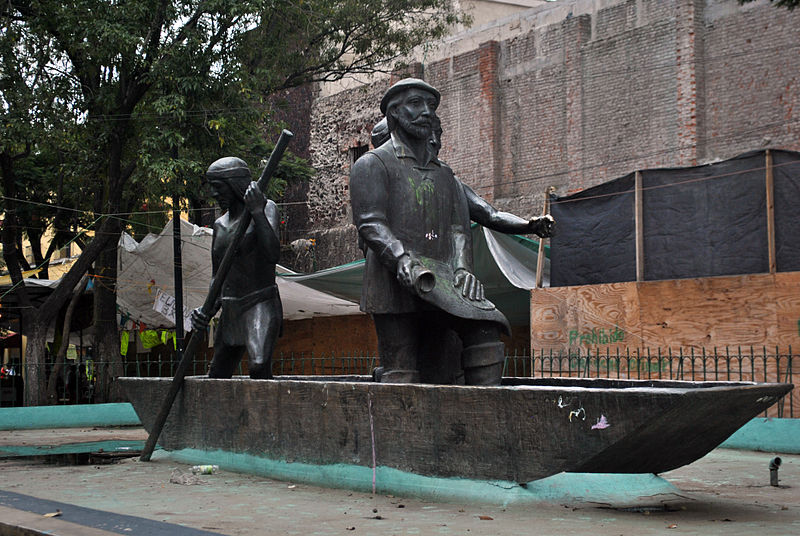
The Plaza Alonso García Bravo is the public square just north of the former La Merced monastery in the City Center. The plaza was originally part of the atrium of the main temple, and even functioned as a cemetery. Today, it’s confusingly sometimes called Plaza de la Belleza, or even, Plaza de las Uñas, for the dozens of beauty and nail salons that crowd that surrounding sidewalks.
The Merced convent operated just south of the plaza from 1595 until the Reform Laws. By 1861, the Merceds abandoned the complex altogether. In 1862, the beginnings of the Merced market were authorized on the grounds of the former monastery, right here. The monastery itself was almost entirely demolished. Only the main cloister and the cloister of the novitiate were preserved to the immediate south.
A market, dating from 1880, was then built by the architect Antonio Torres Torija. It had stone columns to support a metal framework and roof. It lasted until the mid-20th century, when the present day giant market to the east was built. When that market opened in 1957, this older one was demolished. The resulting open space was named in honor of Alonso García Bravo who’d laid out the original Mexico City streets beginning in 1522 and under orders from Hernán Cortés.
The Plaza Alonso García Bravo is still considered the heart of the Barrio La Merced. It’s surrounded by historic buildings. On the northwest corner the Casa de la Manita, an eighteenth century building remodeled in the late nineteenth century. In the same corner is the Pasaje de las Papas. This passageway is on the site of the Casa de Niños Expósitos, a foundlings hospital. This was founded in 1766 by Archbishop Francisco Antonio de Lorenzana and opened in 1772. The house was demolished in the early 20th century and the “potatoes passageway” was built to serve the purveyors of potatoes with dry warehouse storage.
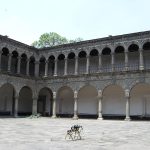
0.05 kms.
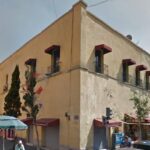
0.08 kms.
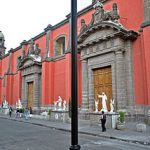
0.22 kms.
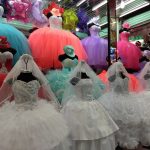
The market for clothing, formal wear and evening wear in Mexico City's center.

One of the city center's most illustrious former convents is still a sight to see.

Just a few steps outside the south exits of the Mercado de Sonora...
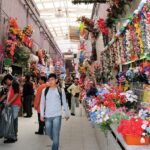
La Merced is the classic, and some will argue, the only public market in Mexico City. If you miss out on this one, you're missing out on a lot!

An unassuming corner on Talavera street was home to one of New Spain's most fiery insurrectionists.